We will end this topic with the biggest commonly available bore sizes; not all are available in factory ammo. The 480 Ruger, 475 Linebaugh, and the Fifties, the 50AE, 500JRH, 500 S&W, and the 500 Linebaugh. There are a few others that are either obscure or strictly a custom build option, so we will mention them but not cover them: 500 Wyoming Express, 500 Linebaugh Maximum, and 475 Linebaugh Maximum. The good news is that almost every load available will do a good job on pigs because the bullets are well matched to the caliber and velocity.
The first is .475 diameter, this includes the 480 Ruger and the 475 Linebaugh. They both do the same basic task, the larger one just does it faster and handles heavier bullets better. The 325gr. or 350gr. is a useful bullet in the 480 but is a bit light when pushed at normal 475 Linebaugh velocities. The lightest bullet favored by users of the 475L generally starts at 375gr. with many users preferring 385gr. The 480 Ruger will easily handle any pig you could come across, my preference for a normal jacketed bullet would be a 350gr. or 380gr. bullet, in a cast bullet I would look for something of the same weight.

Factory ammo is available in cast or jacketed, with bullet weights from 325gr. to 410gr., and velocities running 1200fps to 1350fps. The 480 is a really good hunting round that is easy to shoot and very effective. Like the 41 magnum, it is often overlooked or bypassed as shooters look at the bigger calibers or harder recoiling ones. It is capable of effectively handling every game animal you might be interested in taking, whether in the U.S. or the rest of the World. Factory ammunition is available from Hornady, Buffalo Bore, Underwood, CorBon, and Grizzly, all offerings should perform well provided you place the bullet properly.
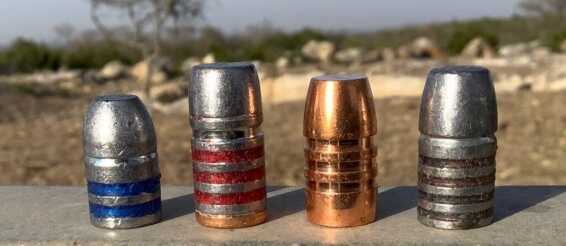
The 475 Linebaugh is chambered in 4″ barreled lightweight backup revolvers, and 5″ to 6″ barreled purpose-built hunting guns. It will do it all, but very few people actually need full power 475L loads. Most of the people I know that own them and routinely use them actually shoot 480 Ruger equivalent loads in them, which speaks volumes about the 480 Ruger and its effectiveness on the game. The factory ammo that is available and works well for pigs is a bit limited in variety. I like the Buffalo Bore line due to the availability of both jacketed and cast projectiles. Buffalo Bore, Hornady, and Grizzly load ammo that is suitable for pigs from the 475 Linebaugh, due to the way this caliber stresses jacketed bullets when propelled to normal 475 velocities the factories have kept bullets well matched to the velocities the ammo is attaining. So finding a bullet that will work well for pigs is really quite easy, just pick one you can shoot accurately, and go hunt.
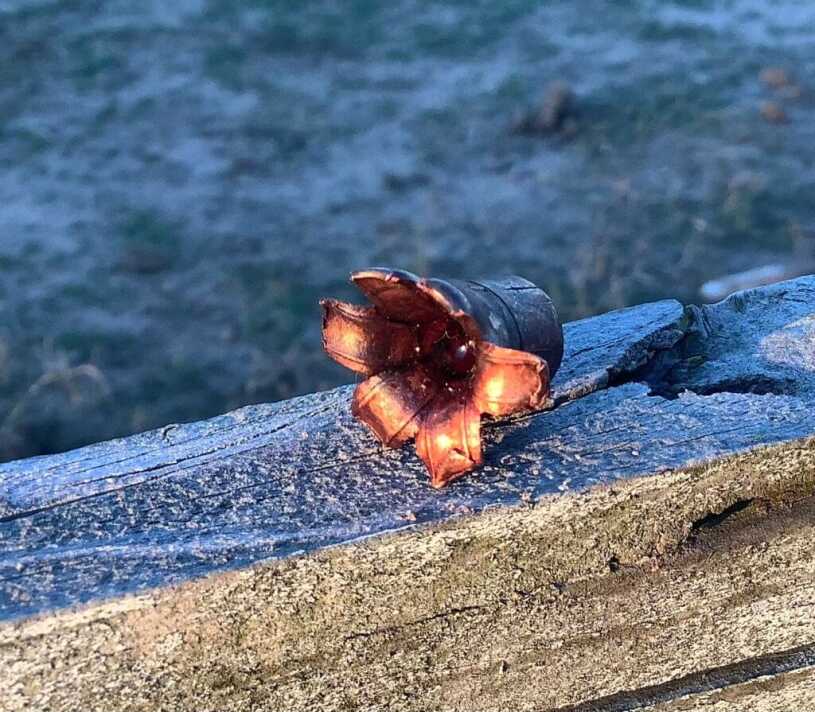
Our last calibers are the 50s, in them, we have a true 50 caliber in the 500 Linebaugh, which is actually .510 caliber. Then we have the 500S&W, 500JRH, and 50AE. They are true half-inch or .500 caliber. Like the 475L, these calibers are made for big game, really big game. Although the 50AE is more on par with the 480 Ruger, the bullets suitable for it tend to be on the lighter side for 50-caliber guns. The bullets do work well for pigs though, so if you have one, take it hunting. If you have a 50AE in a Freedom Arms revolver, then using heavier bullets makes it much more versatile, and Buffalo Bore offers excellent choices. If you handload, you can load the round longer than factory spec, as I do, and gain even more performance as well as more bullet choices.
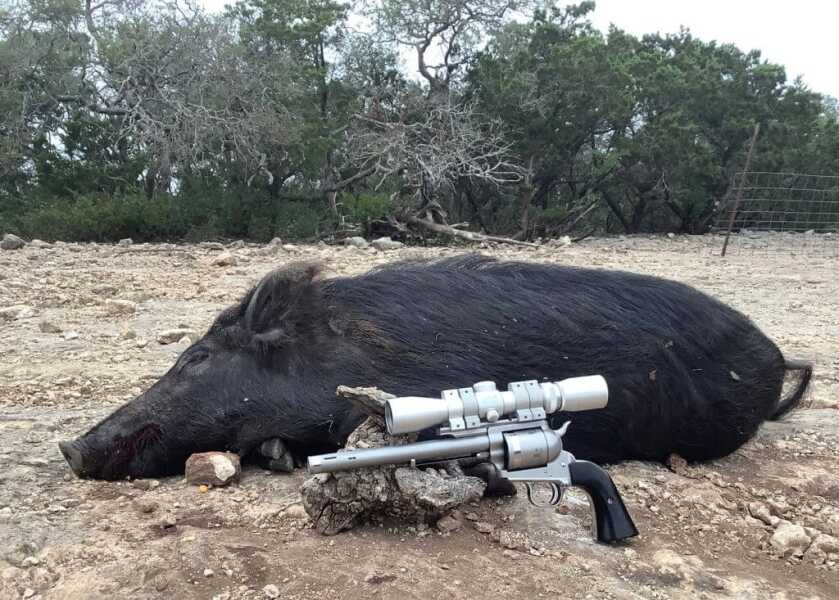
Finding a suitable bullet for pigs with the assorted 50s, except the S&W, is simply a matter of picking one that shoots well In your gun and one that you can handle. If you reload your own ammo, you can tailor loads so that you’re not shooting maximum pressure ammo when you only need mid-level pressure loads, you can also find a much wider choice of bullets. The true half-inch guns benefit from the big factories providing good quality jacketed bullets.
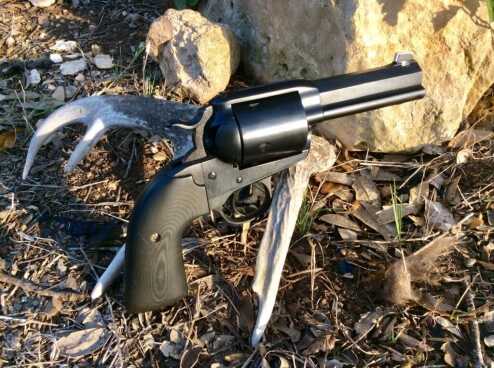
The big factories poorly represent the .510 caliber, but the smaller companies make up for it by providing quality ammo in both cast and jacketed flavors. The 500 Linebaugh is available from specialty companies as a loaded round, in both jacketed and cast variety. Buffalo Bore and Grizzly ammunition are probably the top producers and they offer a good selection. I have not used any factory-loaded ammunition for my .510 guns, preferring instead to reload. Doing so allows me to appropriately match bullets to the intended game, and take advantage of a broader selection of bullets. The big 50 caliber handguns are as decisive on wild hogs as they are a handful to shoot.
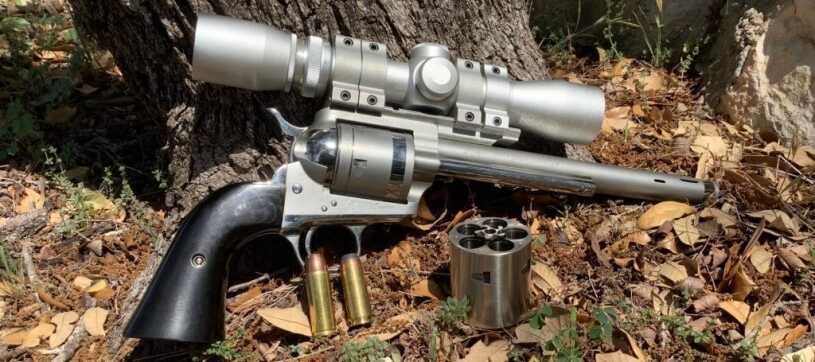
Like the 475 and 500 Linebaughs, the 500S&W and 500JRH both utilize effective bullets and are loaded from the factory with adequate projectiles. Thanks to the 500S&W the true half-inch calibers are well represented by both factory ammunition makers and bullet manufacturers. The JRH is a newly available factory offering that is a ballistic twin to the 500 Linebaugh but because of bullet selection, allows users to have a wider choice of suitable ammunition. Buffalo Bore has a wide selection of great ammunition and at different levels of power, even the low-powered offering will shoot through big pigs.
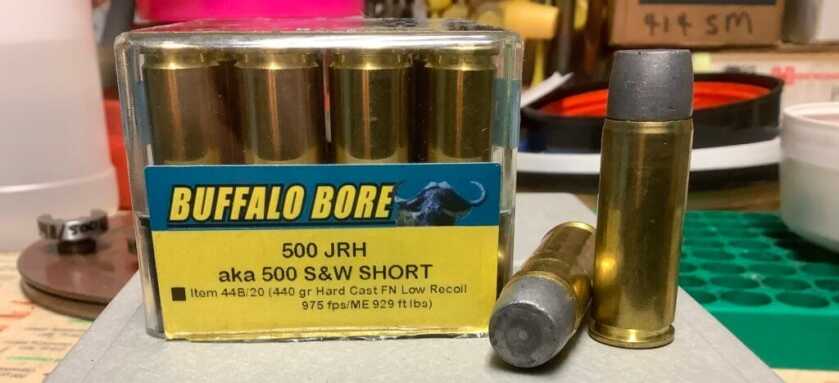
The 500S&W has more of everything, power, noise, velocity, recoil, and ammo selection. Ammunition is available with 275gr. monometal bullets or 500gr. JSP or cast offerings, as well as 325gr., 350gr., 400gr., and 440gr. At the velocities produced by the S&W, you can stress ordinary jacketed bullets, to the point of over-expansion or failure. I always prefer an exit, so not getting one I consider to be a failure consequently I would lean towards premium bullets or monometal and not worry any further. If you are going to use a standard bullet then either load it to a slightly lower velocity or choose a factory load that is a reduced load. The 500JRH doesn’t really push bullets to their limits so regular jacketed bullets at 325gr. or 350gr. will do well without needing to go to a premium. Although if I were to choose one bullet for North America I’d look hard at the 325gr. offering from Swift bullets, or for loaded ammunition the 350gr. JHP from Buffalo Bore.
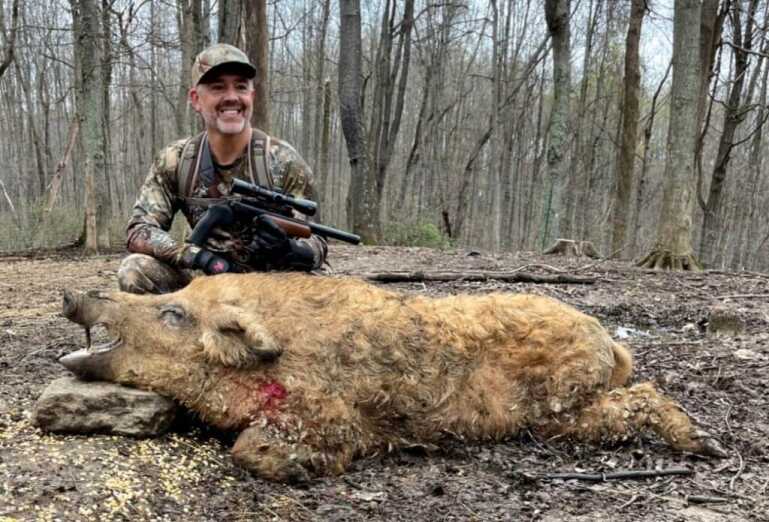
I had Hawk bullets make a 450gr. JHP in .510 for use on medium game and provide some expansion. The bullet provided complete penetration on a 200-pound pig, it hit the pig in front of the right front leg and exited behind the left rear leg at the pelvis, in excess of 36” of penetration. Performance was definitive and the pig was found 25 yards away, however, impact velocity was just over half of what the above bullet had to deal with from the S&W. Swift is lesser known for pistol bullets but one with a stellar reputation for consistent performance among its users. They’ve been making premium rifle bullets for years and have expanded to bullets more suitable for handguns as well as lever actions. They are definitely a leader in premium handgun hunting bullets, some of the handgun bullets actually provide the best of both penetration and expansion for big and dangerous game. They are available in most of the popular revolver calibers from .357 to .500, I use one of the lever action bullets in my revolvers with good performance.

I’ll wrap up this series of articles with this tidbit. Truth be told, the bullet you choose to use is more important than the caliber. Any of the calibers I’ve mentioned will work with proper bullets, placed properly. Also, each and every one of the calibers can fail, if you choose your bullet poorly or place it poorly. Hunting with handguns is a terrific challenge, but you owe it to the animal to make it as humane as possible. All game deserves to be killed quickly and humanely, remember, less time spent looking for hit game is more time you can spend looking for game to hit. You shouldn’t replace accuracy with power. You can get away with minimal power if you have excellent accuracy.

rimrockbullets.com
***Buy and Sell on GunsAmerica! All Local Sales are FREE!***

